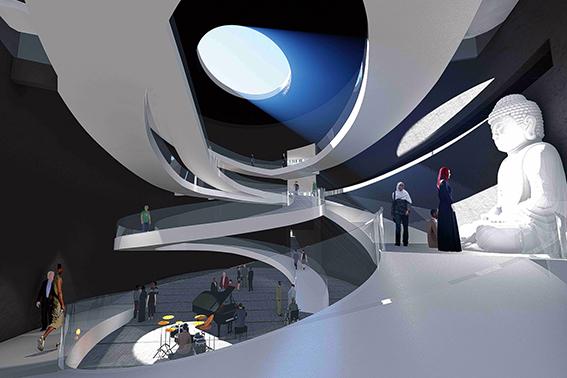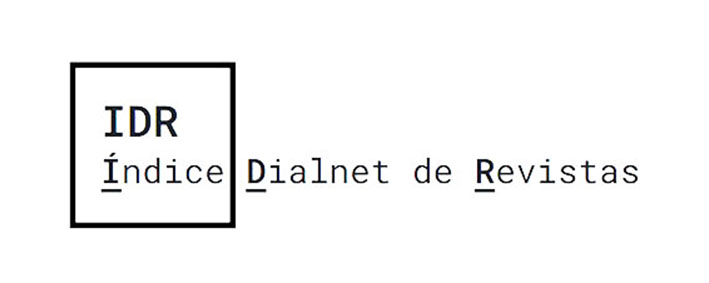Defining the Sacred
DOI:
https://doi.org/10.17979/aarc.2017.5.0.5163Keywords:
Edward Anders Sovik, Catholic University of America, Protestant Sacred Architecture, Emergent Trends, Sacred SpaceAbstract
How do we define what is sacred architecture? People of all ages are turning away from organized religion, and looking for a more genuine, personal experience of the spiritual. In considering sacred architecture, a distinction is whether architecture itself is sacred or that architecture is an instrument that calls forth the sacred. Distinctions should be drawn between situational versus substantive sacred space. A divine presence is believed to reside in substantive sacred space. In situational, anyplace can be sacred depending on the presence, location, and actions of human beings, often acting in community.
Edward Anders Sovik was one of the most influential architects in the design of modern churches in the US. Active from the mid-20th-century through the 1970s, Sovik designed mostly Protestant churches and wrote extensively about church design and its liturgical underpinnings. Sovik believed that early Christians perceived themselves as a community of faith unattached to any place. His skepticism about the sacredness of buildings and objects sits squarely within Protestant theology. His religious architecture offers a good model for today, as the definition of sacred architecture is changing. Sovik’s emphasis on the secular and the sacred is prescient regarding the current state of religion and spirituality, and became the basis of a recent graduate design studio at Catholic University of America.
Downloads
Metrics
References
Britton, Carla Cavarra, ed. 2010. Constructing the Ineffable: Contemporary Sacred Architecture. New Haven: Yale University Press.
Buggeln, Gretchen. 2016. The Suburban Church. Minneapolis: University of Minnesota Press.
Eliade, Mircea. 159. The Sacred and the Profane. New York: Harcourt, Brace & World.
Geva, Anat. 2012. Frank Lloyd Wright’s Sacred Architecture: Faith, Form and Building Technology. London and New York: Routledge.
Kilde, Jeanne Halgren. 2008. Sacred Power, Sacred Space. An Introduction to Christian Architecture and Worship. New York: Oxford University Press.
Le Corbusier. 1948. New World of Space. New York: Reynal & Hitchcock.
Pew Research Center. 2012. «‘Nones’ on the Rise». Accesed May 3, 2014. http://www.pewforum.org/2012/10/09/nones-on-the-rise.
Sövik, Edward Anders. 1967. «What is Religious Architecture?». Faith & Form 1:9.
Sövik, Edward Anders. 1972. «The Return to the Non-Church», Faith & Form 5:13-14.
Sövik, Edward Anders. 1973. Architecture For Worship. Minneapolis: Augsburg Publishing House.
Stroik, Duncan G. 1999. «Environment and Art in Catholic Worship: A Critique», Sacred Architecture 2. Accesed May 13, 2017. http://bit.ly/2BcxwdJ.
White, James F. 1964. Protestant Worship and Church Architecture, New York: Oxford University Press.

















